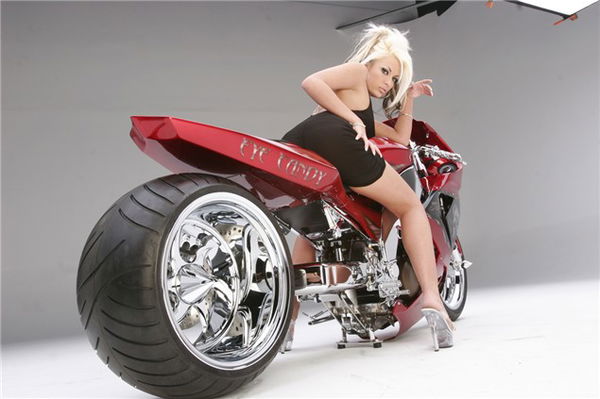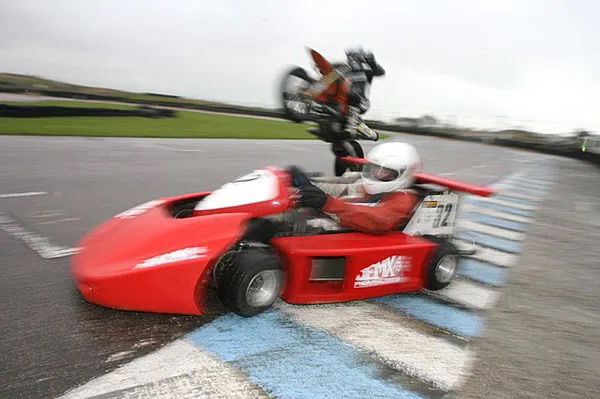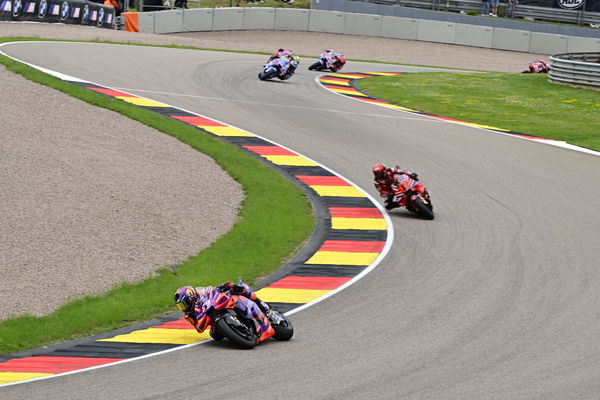Booty Call: The Fattie custom craze
Forget choppers and custom bikes, there’s a new craze sweeping the USA from the West coast to the East. It involves grafting ridiculous oversize tyres and swingarms onto previously normal sportsbikes...


Pic Credit: superstreetbike.coml
The old Sir-Mix-a-Lot rap praising oversized arses is a likely anthem for a small but growing fraternity of sportsbike owners in the US, particularly on the country’s Eastern seaboard. Big, fat tyres grafted onto the back of superbikes is the latest craze amongst America’s more discerning rider. A minimum of a 240-section booty slotted into a handmade swingarm, sometimes going all the way up to a ridiculous 360 monster, is the latest look to be seen on. The look is now established and growing at a ferocious rate, so much so that whole chop-shops and riding gangs are springing up to embrace this new movement. But what’s it all about?
The stretched and lowered look has been around in the US since drag strips across the country permitted two-wheelers to share the tarmac with hot rods in the 1950s, but it didn’t cross over into the custom streetbike scene until the mid 1990s. Until then it had been common to see boardracer-styled customs crackling around New York and Los Angeles, long, low and powered by old push-rod Harley motors with slash-cut pipes.
But with the arrival of the FireBlade in 1992, for the first time the chop-shops directed their attention to Japanese sportsbikes. In 1994 a handful of CBR900s with extended swingarms and loads of chrome started appearing from small bike shops up and down the East coast, their shape inspired by the drag-bikes of the era. At the time, such novelties were few and far between and reserved mostly for display and the occasional cruise down the boardwalk. They looked weird, people weren’t sure what to make of them, but one thing was for sure: they were impossible to ignore.
As the freestyle stunt riding movement slowly gained momentum from 1998 with acts like the Starboyz making it more mainstream, so the custom chrome phenomena grew alongside it. Bling was in, and the look at the time was to polish everything in sight: wheels, frames, plastics, even tyres. By the turn of the Millenium drag strips and racetracks from Boston to Miami hosted stunt exhibitions on-track while custom sportsbike contests drew crowds to the paddock. It was becoming a scene of its own. But both the builders and spectators soon grew tired of seeing the same collection of bikes (much like watching the same wheelie time and again), and change was imminent. Fatties were just around the corner, but the inspiration came from an unlikely source.











